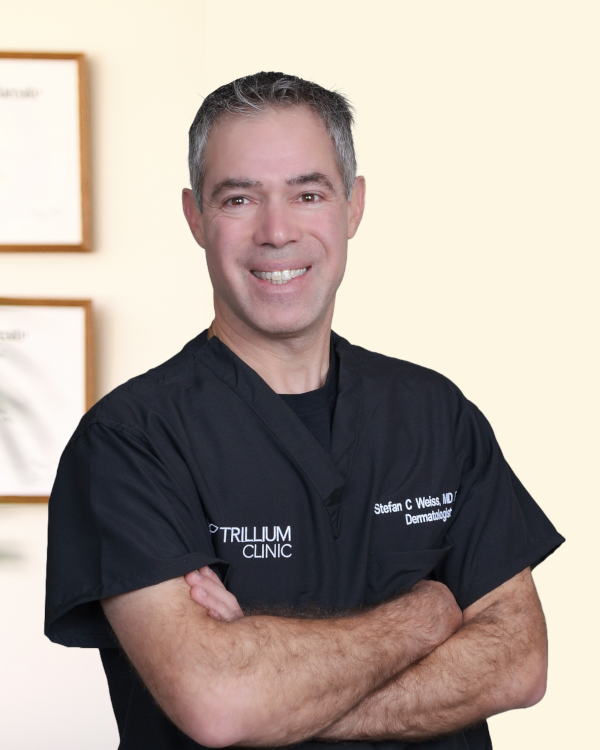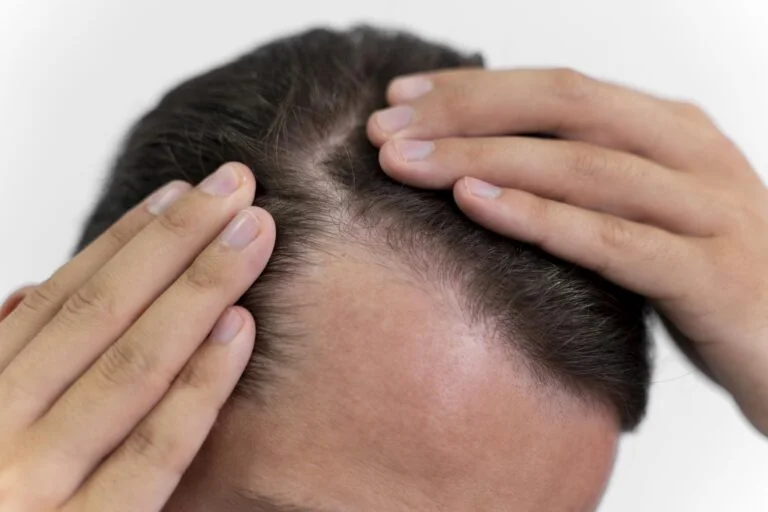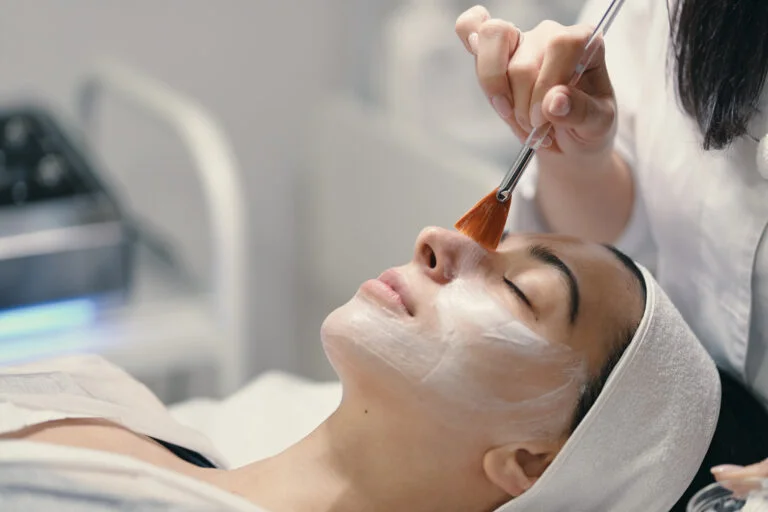Chemical peels have long been a go-to treatment for those seeking to rejuvenate their skin and address a variety of skin concerns. From acne scars to fine lines, chemical peels offer a versatile solution that can be tailored to individual needs. This comprehensive guide will cover everything you need to know about chemical peels: their benefits, the various types, and what to anticipate before, during, and after the procedure.
What Are Chemical Peels?
Chemical peels are cosmetic treatments that involve the application of a chemical solution to the skin, which causes the top layers to exfoliate and eventually peel off. The new, regenerated skin is usually smoother, clearer, and less wrinkled than the old skin. Chemical peels are applicable for treatment on the face, neck, and hands.
Benefits of Chemical Peels
Chemical peels offer a multitude of benefits, making them a popular choice for individuals looking to improve their skin’s appearance. Some of the benefits of chemical peels are given below:
1. Improves Skin Texture and Tone
Chemical peels effectively exfoliate the skin by eliminating dead skin cells and encouraging the regeneration of new cells, leading to smoother and more evenly toned skin.
2. Reduces Fine Lines and Wrinkles
By stimulating collagen production, chemical peels can help reduce the appearance of fine lines and wrinkles, giving the skin a more youthful look.
3. Fades Acne Scars and Hyperpigmentation
Many dermatologists recommend a chemical peel for hyperpigmentation and to treat discoloration caused by acne scars, sun damage, and other skin issues.
4. Treats Certain Types of Acne
Certain chemical peels, particularly those containing salicylic acid, can help reduce acne breakouts by exfoliating the skin and unclogging pores.
5. Enhances Skin Radiance
By removing dull, damaged skin, chemical peels reveal a brighter, more radiant complexion.
Types of Chemical Peels
There are several types of chemical peels, categorized by their depth of penetration into the skin: superficial, medium, and deep peels. Each type targets different skin concerns and has varying levels of intensity and recovery time.
1. Superficial Peels
Superficial peels, alternatively referred to as light peels, represent the mildest form of chemical peel. They use mild acids, such as alpha hydroxy acids (AHAs) like glycolic acid or lactic acid, to gently exfoliate the outermost layer of skin.
Ideal for:
Mild skin discoloration
Rough skin texture
Fine lines
Recovery time: Minimal to none. The skin may appear slightly red or flaky for several days.
2. Medium Peels
Medium peels penetrate the skin more deeply than superficial peels do. They typically use trichloroacetic acid (TCA) or a stronger concentration of glycolic acid to reach the middle layers of the skin.
Ideal for:
Age spots
Fine to moderate wrinkles
Acne scars
Uneven skin tone
Recovery time: About a week. Skin will likely be red, swollen, and peel over several days.
3. Deep Peels
Deep peels are the most intense type of chemical peel and penetrate the deepest layers of the skin. They often use phenol or a high concentration of TCA.
Ideal for:
Deep wrinkles
Severe sun damage
Significant scarring
Precancerous growths
Recovery time: Up to two weeks or longer. Skin will be very red, and swollen, and may take several weeks to fully heal.
Before, During, and After a Chemical Peel: What to Expect
Understanding what to expect before, during, and after a chemical peel can help you prepare for the procedure and achieve the best possible results.
Before the Procedure
Consultation:
Schedule a chemical peel consultation with a board-certified dermatologist or licensed aesthetician to discuss your skin concerns and determine the appropriate type of chemical peel for you.
Pre-Treatment Care:
Your provider may recommend a pre-peel skincare regimen to prepare your skin. This might include using specific products like retinoids or bleaching agents.
Avoid Certain Products:
Stop using exfoliating products, retinoids, and any skin treatments that can cause irritation at least a week before the peel.
During the Procedure
Cleansing:
Your skin will undergo a thorough cleansing to eliminate oils and impurities.
Application of the Chemical Solution:
The chemical solution is applied to your skin using a brush, cotton ball, gauze, or sponge. Slight tingling or burning sensations may occur, which are considered normal.
Neutralization (if needed):
For certain peels, a neutralizing solution will be applied to stop the chemical reaction and remove the peeling solution.
After the Procedure
Immediate Aftercare:
Your skin will be red and sensitive. Your provider may apply a soothing ointment or moisturizer.
Peeling Process:
In the following days, your skin will start to peel. It’s crucial not to pick at the peeling skin to avoid scarring.
Sun Protection:
Your skin will be more sensitive to the sun after a chemical peel. Apply a broad-spectrum sunscreen of at least SPF 30 and avoid direct sun exposure.
Follow-Up:
Follow any post-peel instructions given by your provider to ensure proper healing and optimal results. This may include using gentle skincare products and avoiding exfoliants.
Potential Risks and Side Effects
While chemical peel treatments are generally safe when performed by a qualified professional following a chemical peel consultation, they still carry some risks and potential side effects:
Redness and Irritation: Redness and irritation are common following a peel, particularly with medium and deep peels.
Peeling and Swelling: Skin peeling and swelling are common, particularly with deeper peels.
Hyperpigmentation or Hypopigmentation: Using a chemical peel for hyperpigmentation can specifically target dark spots and uneven skin tone. But in some cases, the skin may develop dark or light spots after healing.
Infection: There is a small risk of infection if the skin is not properly cared for post-treatment.
Scarring: Rarely, chemical peels can cause scarring.
Conclusion
Chemical peels are a versatile and effective treatment for improving the appearance of your skin. By understanding the different types of peels and what to expect during the process, you can make an informed decision about whether this chemical peel treatment is right for you. With proper preparation and aftercare, chemical peels can reveal smoother, clearer, and more youthful-looking skin, helping you achieve your skincare goals.
Schedule a Chemical Peel in Chapel Hill Today!
If you are a patient in Chapel Hill, Durham, Cary, Raleigh, Wake Forest, or Burlington, and interested in chemical peels, call today to consult with a skincare professional at Trillium Clinic Dermatology and Med Spa to ensure you receive the best care tailored to your specific skin needs.








